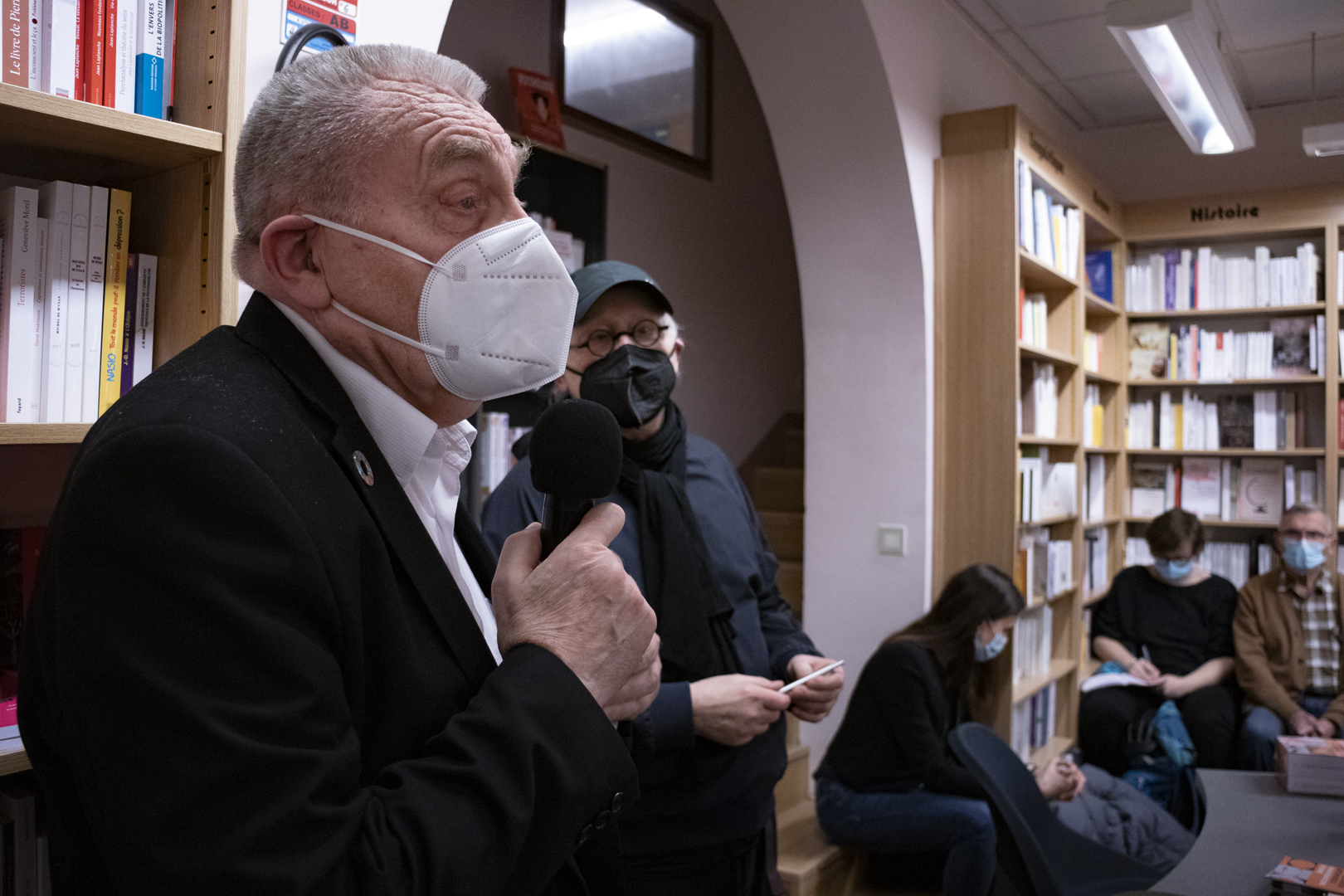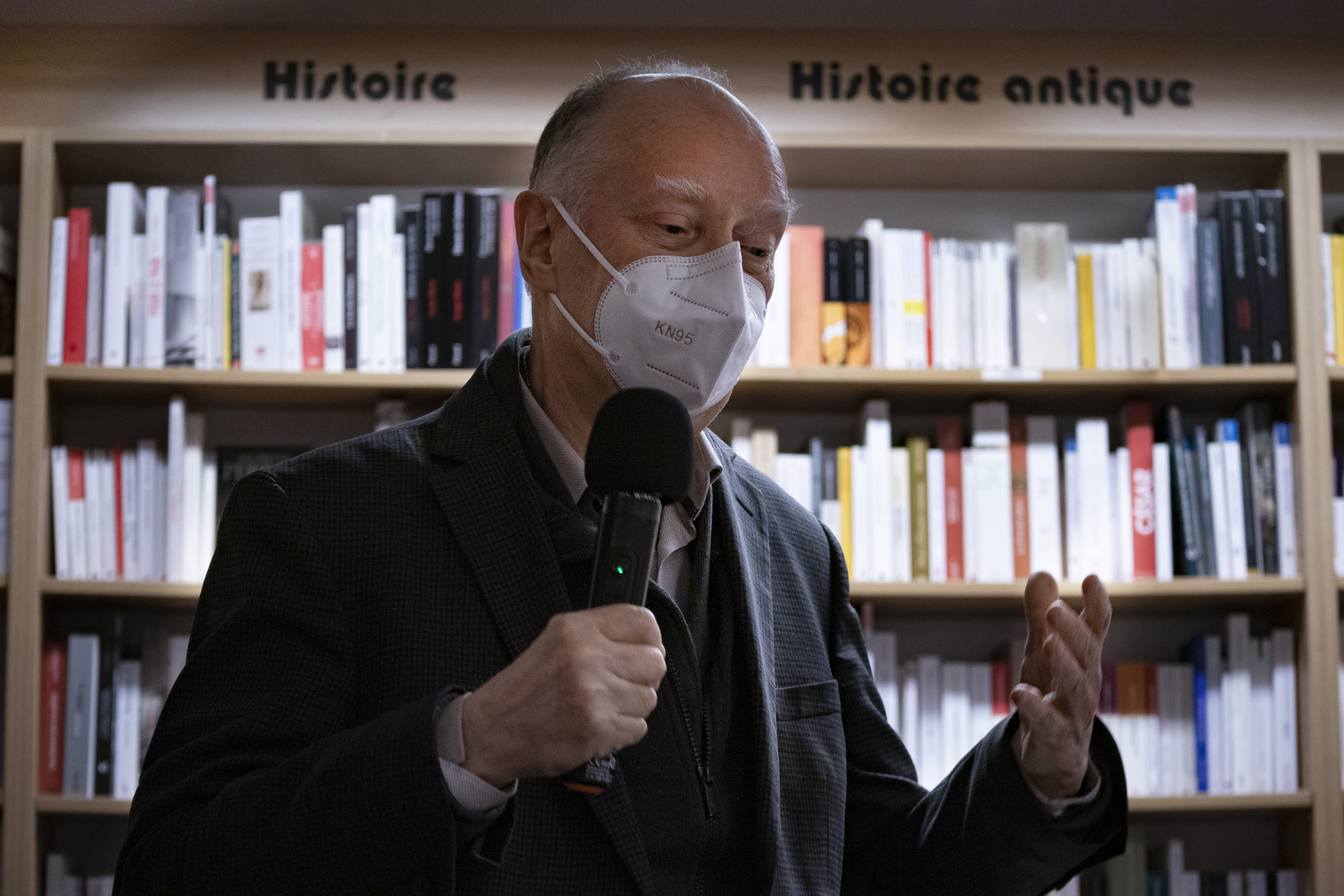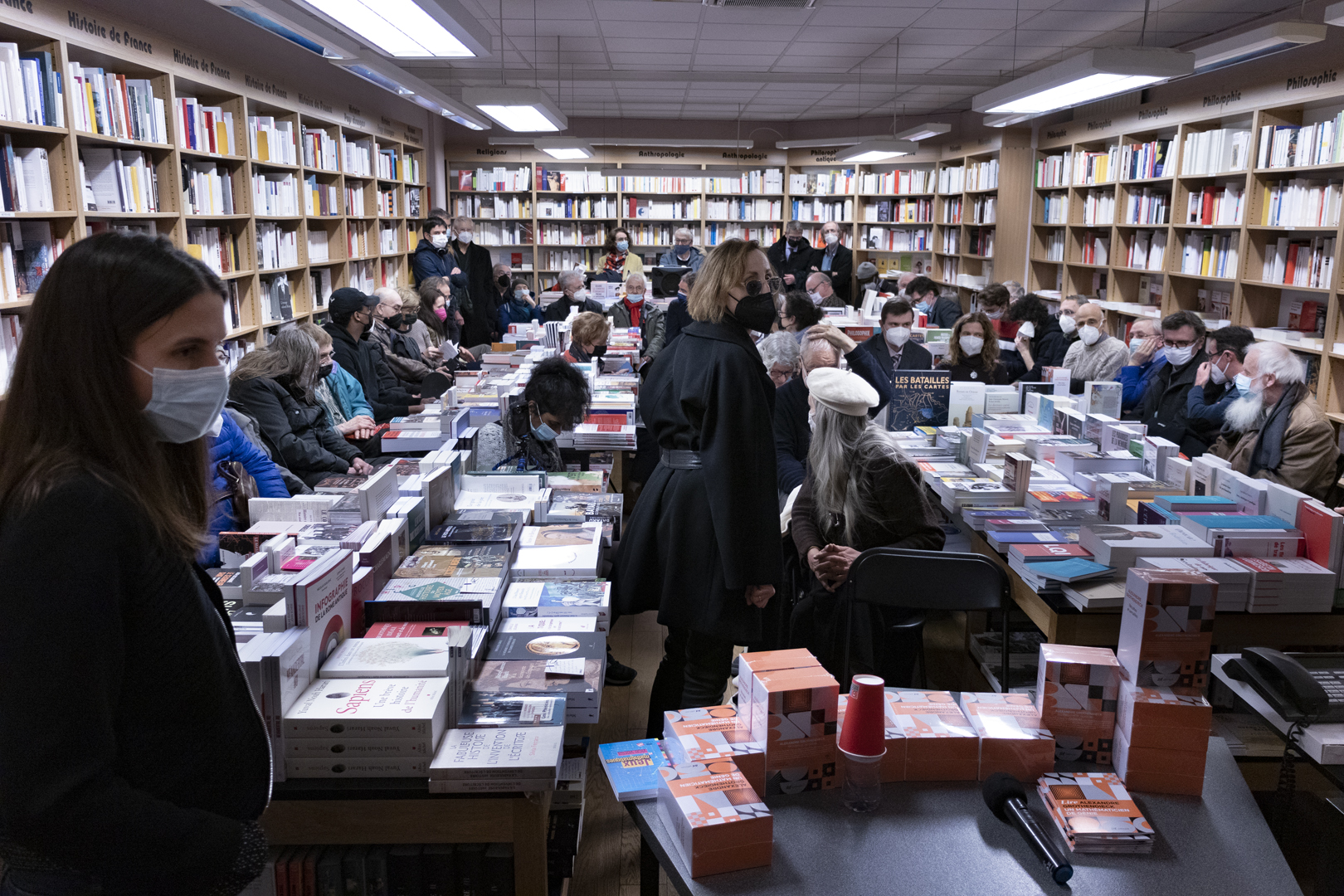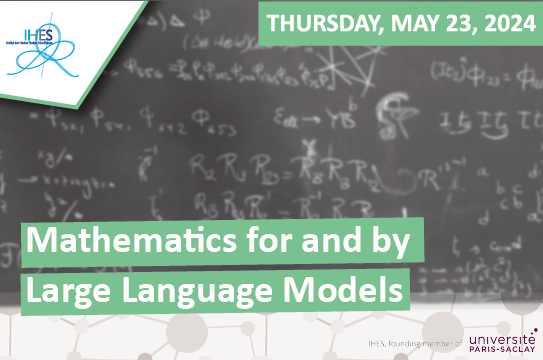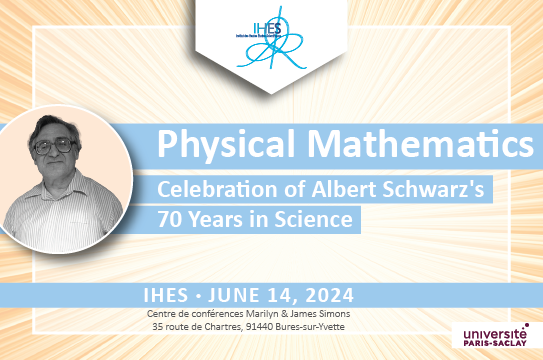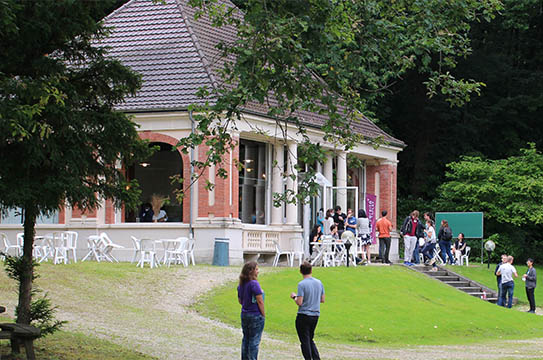An extract from the exhibition "The Scientific Heritage of IHES" that was conceived and produced by Anne-Sandrine Paumier (IHES) on the occasion of the 2016 European Heritage Days.
Léon Motchane
Léon Motchane, founder of IHES, was born in Saint Petersburg in 1900. He studied in Lausanne and worked there as a teaching assistant in physics for one year. Despite having left the academic world to become an industrialist, he never lost his interest in mathematics, physics and sociology. During World War II he got involved with Éditions de Minuit, a French publishing house that was related to the French Resistance. There, he published the essay La Pensée patiente, in 1943, under the pseudonym of Thimerais. Thanks to his always strong passion for mathematics he defended his PhD at the age of 54 years old and founded IHES. Motchane had two main convictions: that fundamental research needs the support of leading industrialists and that researchers need the maximum freedom to best develop their thinking. These two aspects are the keystone of our Institute.
“The real modern aspect of scientific research consists in that the work of an industrialist, of an egineer, as well as that of a theroretical physicist and of a mathematician, no matter how abstract, are not that far apart from each other and the achievements of the latter become an essential condition for the former.” (Note sur la recherche fondamentale, Motchane, 1959)
The foundation of IHES
Together with Maurice Ponte (CSF), Pierre Dreyfus and Fernand Picard (Renault), Motchane found the first subsidies to create his Institute. The active help of these first supporters rapidly allowed him to get in touch with other important figures of the industrial French scene (especially in the oil sector and in the automobile industry). On June 27th 1958, in Joseph Pérès’ office (Institut de France), Motchane, who did all the essential preliminary work, declared his will to “stop the French hemorrage towards the United States” : IHES was born and he became its first director.
Publications Mathématiques de l’IHES
Since the foundation of IHES, Motchane had wanted to lauch a scientific publication. It is Dieudonné that, from the University of Northwestern, Illinois, lead the first publication of Publications Mathématiques de l’IHES, issued during Autumn 1958. He then joined IHES, thus joining Alexander Grothendieck as a permanent professor in mathematics in1959.
Motchane had aquired a certain experience in editing during World War II. The printing of “cahiers bleus” was very appreciated by Dieudonné, despite the fact that he was more used to mathematical publications, having contributed to several of the books constituting the treatise Éléments de mathématique, by Bourbaki. Talking about the proofs of the first issue he declared: “I’ve received the first proofs of Wall’s article. The typography is excellent, beautiful and pleasant to read; it would be advisable that all periodics are printed in the same way, I think we are going to set the style!”
The choice of “Bois-Marie”
When the Institute was founded in 1958, it did not have an official location. The first seminars took place in two rooms that were made available by the Fondation Thiers (Paris, 16th arrondissement). Rather than the mathematicians in the group, it was the physicists working at IHES who were concerned about the need for the Institute to choose an appropriate location. On the occasion of a meeting with some renowned physicists that were supporting Motchane’s project, they expressed the wish that the Institute would be close to a centre for experimental physics. Even though IHES is an institute for theoretical physics, the latter cannot develop independently of experiments. That is why the suggestion was made to settle close to the labs that had recently been built in Orsay, just south of Paris, where a scientific department opened at the end of the 1950s. Motchane then bought the “Bois-Marie” estate from Charles Comar in Bures-sur-Yvette, where IHES has been since 1962.
The spirit of place
Whereas physicists have always been used to working in laboratories, the same cannot be said for mathematicians who had until then worked from home and met only at the occasion of seminars, a widespread habit after World War II. When IHES was created, the idea of a shared space where to meet and discuss, and where offices were provided, with colleagues just next door, was new. In universities, the first shared buildings for mathematicians appeared in France only a few years later, during the mid 1960s (centre de mathématiques Laurent Schwartz at École polytechnique, laboratoire de mathématiques of CNRS in Strasbourg).
During the first years after IHES moved to Bures-sur-Yvette, the music pavillion was used both as a library and as a seminar room. It is there that the famous Grothendieck algebraic geometry seminars took place. They contributed to building IHES’ international reputation from its early years. IHES explicitly took inspiration from the Institute for Advanced Study (IAS) in Princeton as for the idea of providing researchers with complete freedom as well as with daily occasions favoring informal discussions, such as the afternoon tea.
The complete article can be found in the 2016 edition of Bois-Marie, the IHES Newsletter.
